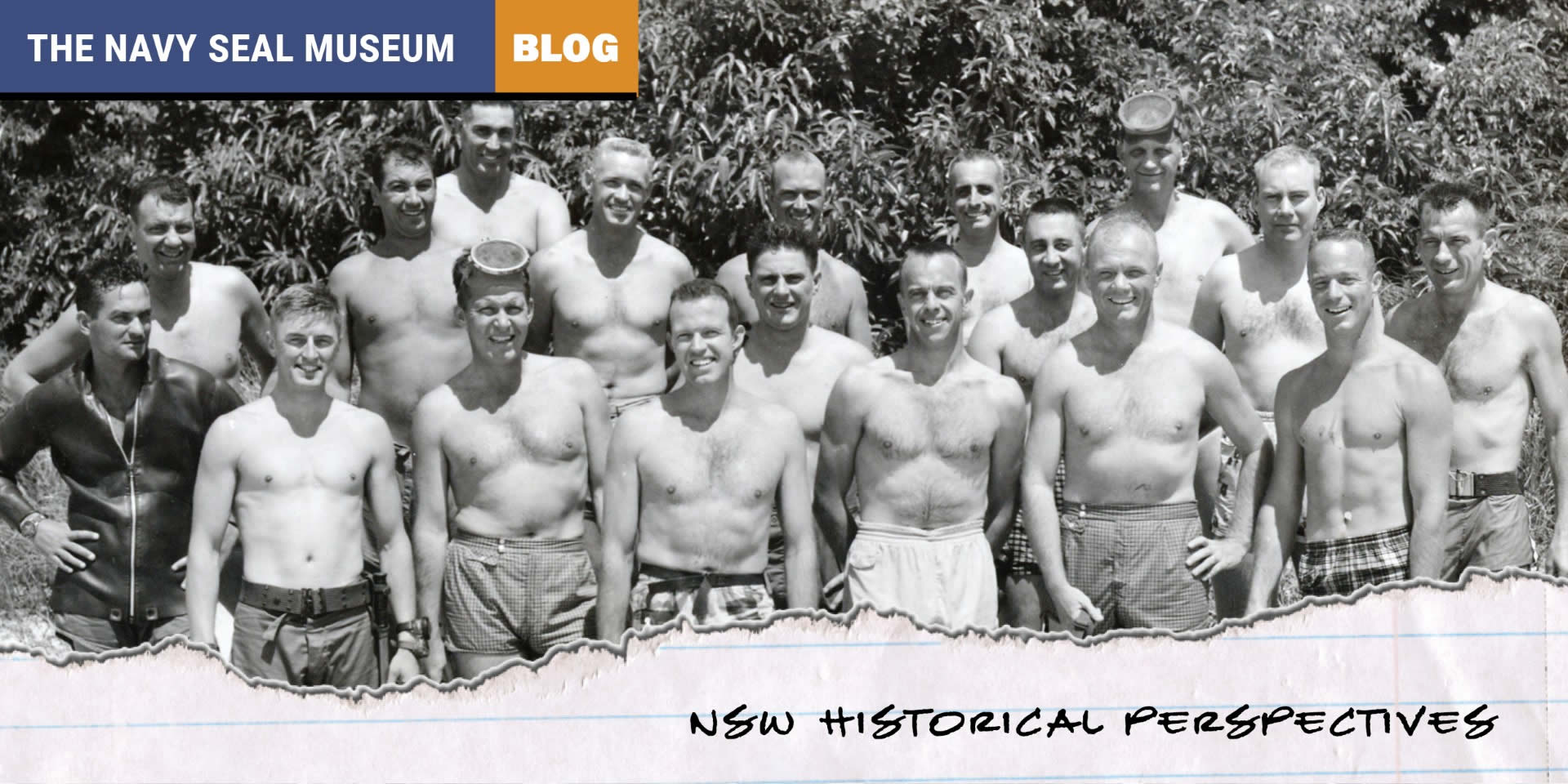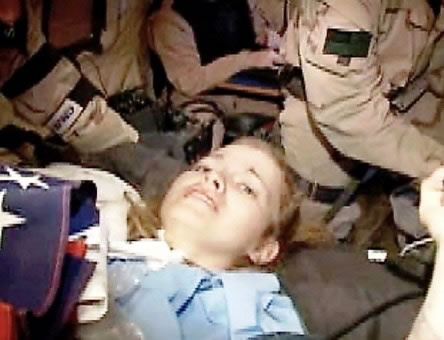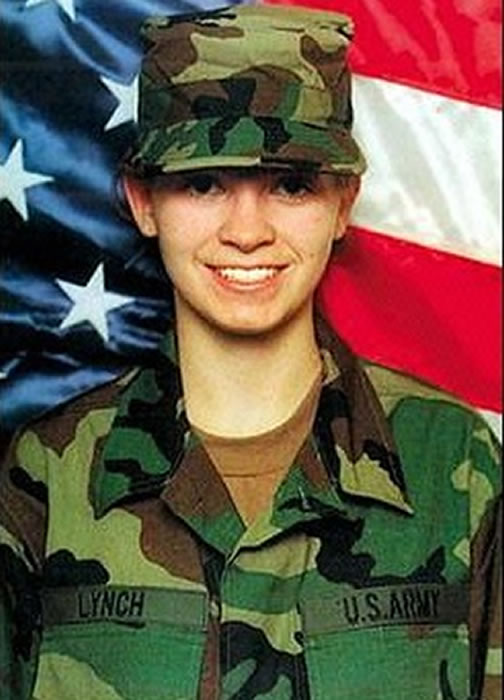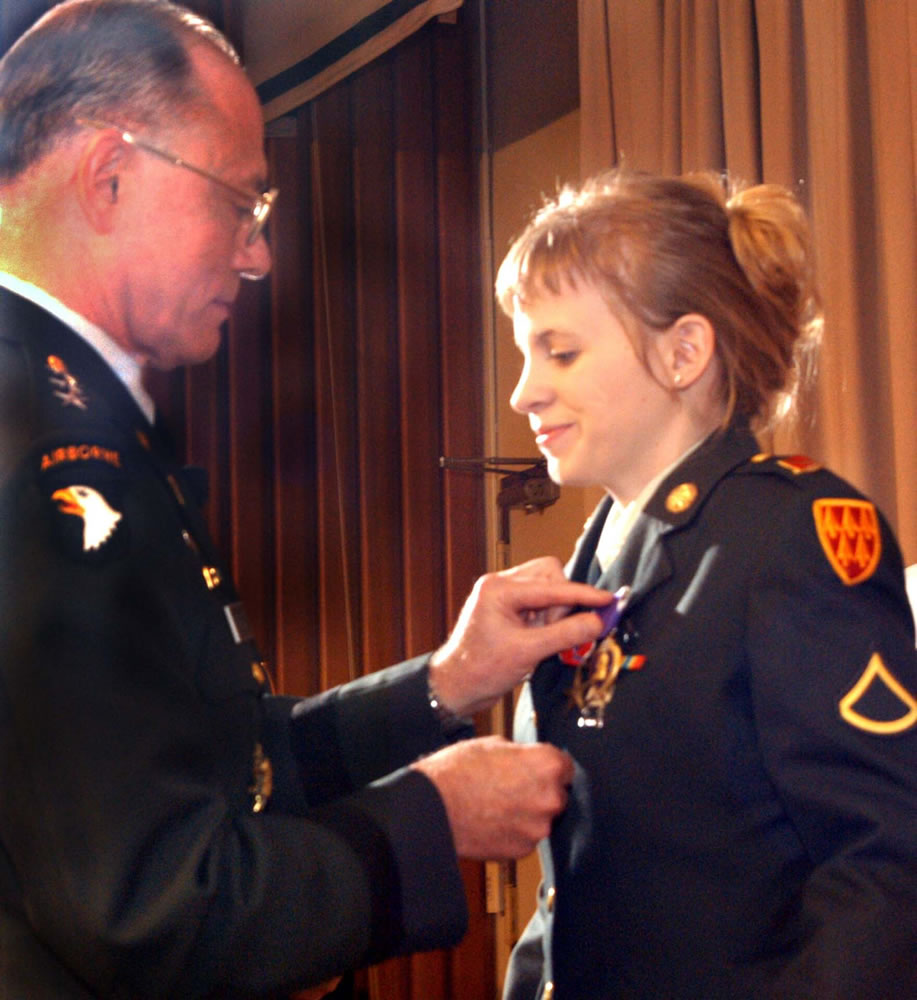
U.S. Army Private First Class Jessica Lynch deployed to Iraq in 2003 as part of the Army’s 507th Maintenance Company. Their primary mission was to provide logistical support to field combat units. On 23 March, her unit embarked on a supply mission to deliver equipment to the 3rd Infantry Division. As their convoy approached Nasiriyah, Iraqi forces ambushed them with small arms fire, rocket-propelled grenades, and mortars. These non-combatant soldiers were not trained or equipped for intense combat and found themselves overwhelmed.
PFC Lynch’s vehicle was hit with a rocket-propelled grenade and crashed into another. She was severely injured, fracturing her spine and breaking multiple bones. In the ensuing attack, 11 soldiers were killed, and seven were captured, including Jessica Lynch and fellow soldier Lori Piestewa. Critically wounded, both were taken to a hospital in Nasiriyah. For the next nine days, they endured captivity while receiving only basic medical care. Sadly, Lori Piestewa had received a serious head wound and died in the Iraqi hospital.
The Iraqi hospital staff was sympathetic to Jessica’s difficult situation and secretly provided information critical for planning a rescue operation. Additionally, Mohammed Odeh al-Rehaief, an Iraqi civilian, risked his life by crossing enemy lines to provide information about her specific location within the hospital.
On the night of 1 April 2003, a well-planned rescue operation was led by U.S. Navy SEALs. The mission included U.S. Army Rangers, U.S. Marines, USAF Pararescuemen (PJs), the Army’s 160th Special Operations Aviation Regiment. The Rangers and Marines provided perimeter security, while the PJs focused on providing immediate medical help if needed. The goal was to get Jessica Lynch out safely without any casualties. They did, and the mission was completed successfully.
Of Note:
Saving Jessica Lynch was the first successful rescue of an American prisoner of war since World War II.
Lori Piestewa was the first Native American woman to die in the Iraq War and the first woman to die in combat in a declared theater of war. She was posthumously awarded the Purple Heart and Prisoner of War Medals and promoted from Private First Class to Specialist.
Jessica Lynch was awarded the Bronze Star, Prisoner of War, and Purple Heart Medals. She separated from the Army and returned to her home in Palestine, West Virginia, and became a school teacher.
On 28 April 2003, Mohammed Odeh al-Rehaief and his wife and 5-year-old daughter were granted humanitarian asylum and brought to the United States.
The book “I Am a Soldier, Too: The Jessica Lynch Story” by Rick Bragg provides a first-person account by Jessica Lynch about her ordeal and rescue.



